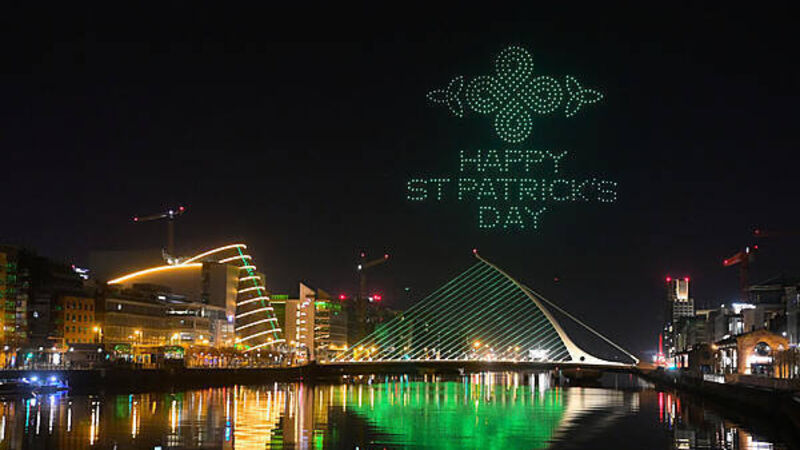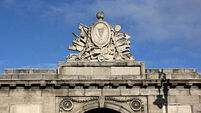St Patrick: The Irish patron saint who was not Irish

Eva Osborne
St Patrick's Day is celebrated on March 17th every year with a bank holiday and parade celebrations throughout Ireland and the world.
Pints of Guinness, shamrock symbols and 'kiss me I'm Irish' t-shirts will decorate cities once again. But what does any of this have to do with the man the day is supposed to celebrate: St Patrick?
Surprisingly, although he is a patron saint of Ireland, St Patrick was not Irish.
Historians agree that he was born in 373 AD in one of two possible locations – Dumbarton in Scotland or on the west coast of Roman Britain (Wales).
According to Celtic Druid Temple, the man we all know as Patrick was actually named Maewyn Succat or Magonus Saccatus before Pope Celestine gave him the name of Patrick along with the mission of bringing the Catholic faith to Ireland.
Patrick was taken into slavery aged 16 and sold in Ireland, where he worked as a sheepherder for six years. However, Celtic Druid Temple points out that sheep did not exist back then – so he would have been a goatherder.
It was during his time as a goat minder that he began to have religious visions. These visions apparently re-enforced his Catholic faith.
During one of these visions he heard voices that told him where he could find a getaway ship. He escaped, went to France where he became a priest and later on he returned to France to become a bishop.
Stories claim that when he was 60 years old, St Patrick chose to go back to Ireland, the land of his slave years – to give the Gael the Catholic word.
This was a very advanced age for the time and today the equivalent age may be near 90, Celtic Druid Temple said.
His charisma converted many people, and in the written records the church scribes tell us that he used the three-leafed shamrock to share the idea of father, son and holy spirit make God.
"The shamrock is not the official symbol of Ireland – this honour is reserved for the Celtic Harp.
"The shamrock now represents the culture of the Catholic Church hero of St Patrick. The shamrock became a symbol of rebellion against the oppression of Queen Victoria, who made it a capital crime (punishable by death) to wear the shamrock.
"This was probably the most influential reason for the worldwide adoption by Irish people and their sympathisers of the Shamrock as a symbol of Irishness."









